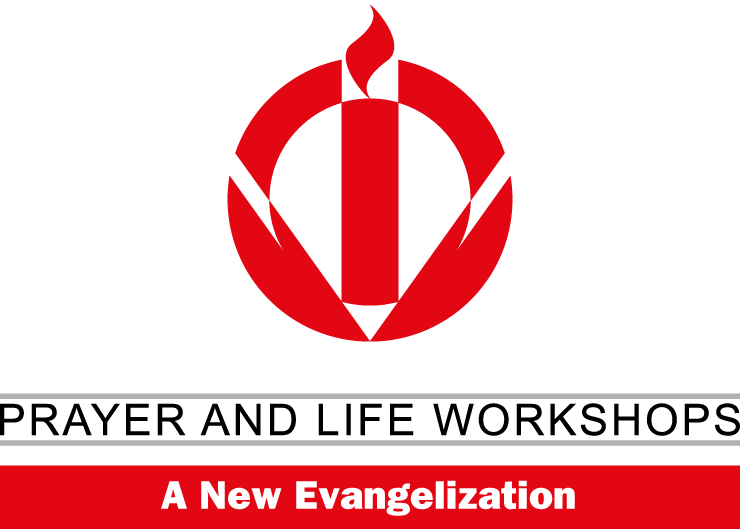
The Gestation of Mary
To know what Mary’s feelings were like during the days of gestation, let’s put ourselves in analogous situations.
If we ask a pregnant woman today—who is also a woman of great faith and deep interiority—what feelings she experiences in that state of pregnancy, she will be at a loss for an answer… It’s not strange, what she is living is so unfathomable! Eventually, she will speak with difficulty; but even with hesitant words, she will manage, I won’t say to express, but to evoke an ineffable world, a world that is born and dies with her own motherhood.
What was Mary’s psychological and spiritual stature during those days of gestation? In the Annunciation scenes, Mary appears to possess an exceptional maturity, with a capacity for reflection and, above all, a deep interior life. And all this in proportions that do not correspond to her age.
If we measure her spiritual stature by the content of the Magnificat, we will see that, when the personal mystery of the Lord God is evoked, Mary is a young woman who is vibrant and even exalted, despite generally being reserved and silent. She knows the history of Israel and is fully aware of the meaning of the Incarnation. Furthermore, she is immaculate, full of grace, inhabited by the substantial presence of the Word, and affected by the direct action of the Holy Spirit.
Such is the subject who is about to live a unique experience.
It is difficult for the mind to conceive, the tongue to express, and the most penetrating intuition to guess, what the breadth and depth of our Mother’s experience in God were during this time. Mary’s inner world must have been powerfully enriched during these nine months, in the physical, psychological, and spiritual orders. That must have been something unique and ineffable. Mary lived absorbed in a universe without bottom or edges, always contemplatively looking at the center of her being, where the infinite mystery of the Incarnation was taking place. Mary’s entire body and soul were centered and concentrated on her Magnificent Lord who had occupied the territory of her person.
Taken from the book: “El silencio de Maria” (The Silence of Mary) Chapter IV, subtitle: “Mary in the months of gestation” by Father Ignacio Larrañaga
